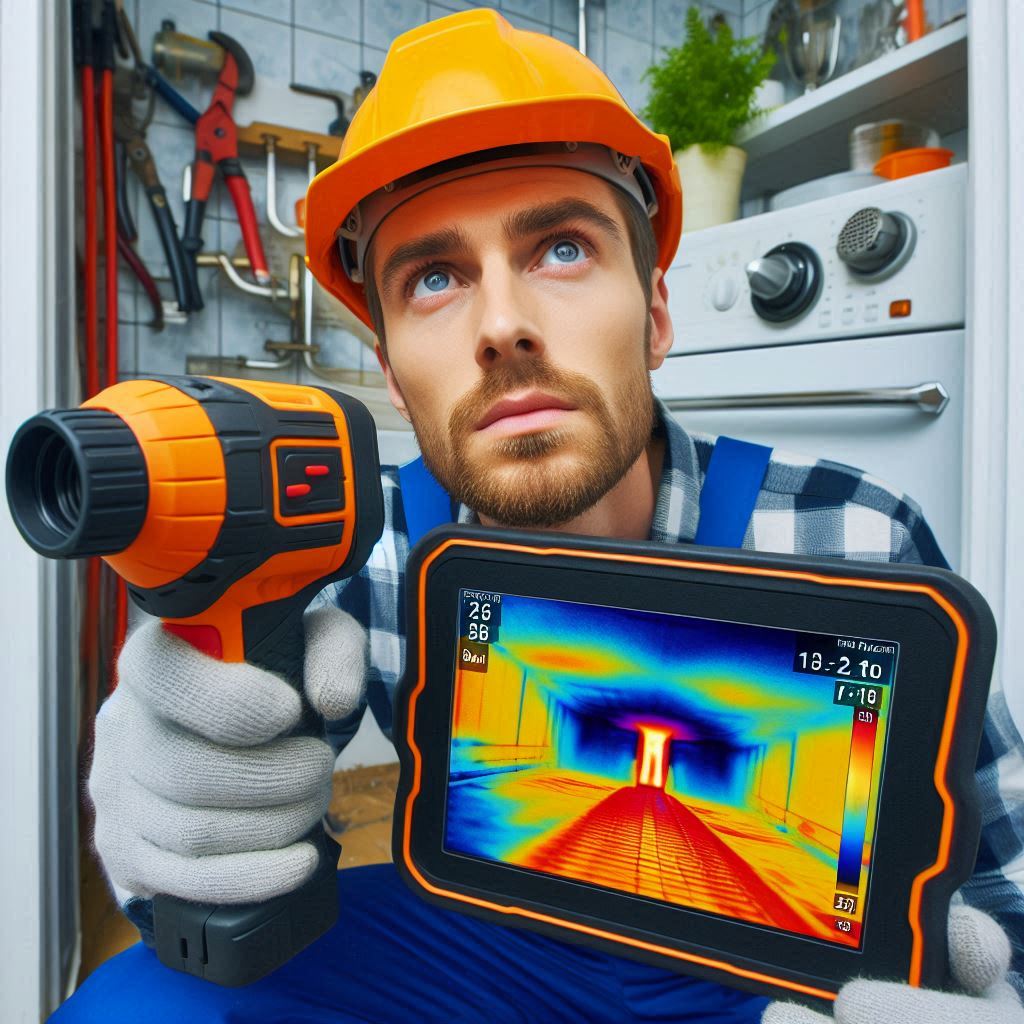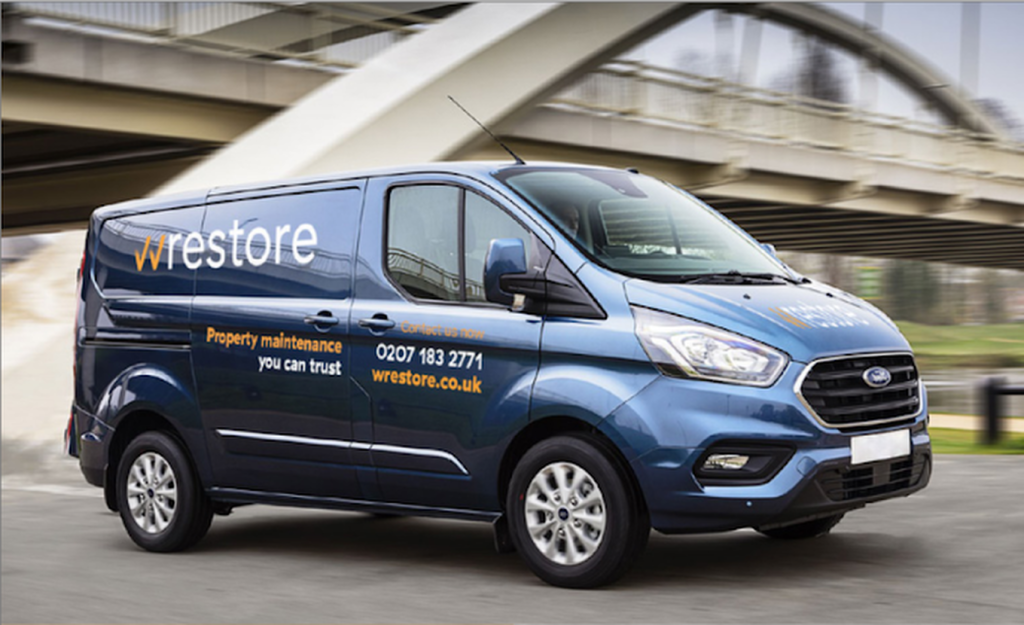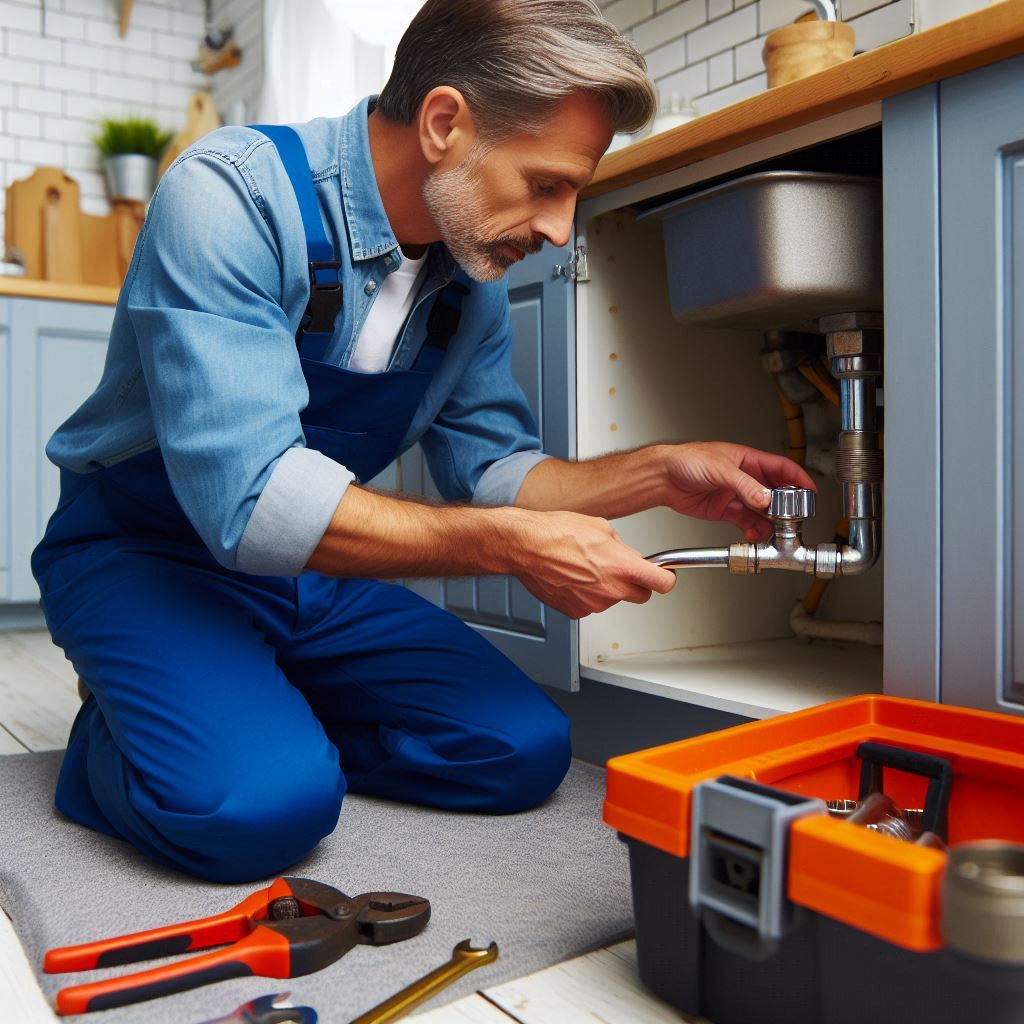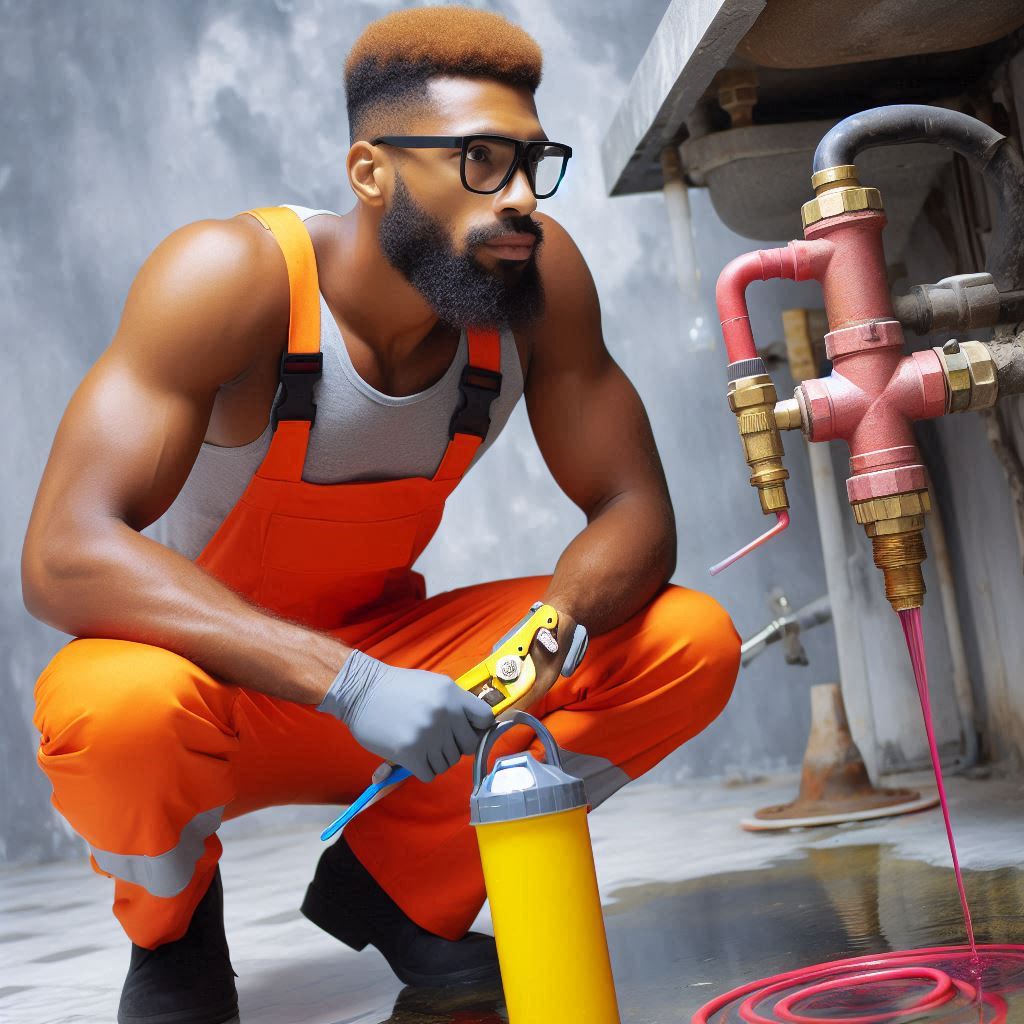
The Ultimate Guide to Leak Detection in UK Homes and Apartments
Leak detection is an essential aspect of maintaining UK homes and apartments. With the country’s variable climate, aging infrastructure, and rising water and energy costs, undetected leaks can lead to significant financial burdens, property damage, and health hazards. This comprehensive guide explores the causes, detection methods, technologies, and preventive measures for managing leaks in residential properties across the UK.
Why Leak Detection Matters
Leak detection is crucial for several reasons:
Cost Savings: Water and gas leaks can significantly increase utility bills. Identifying and fixing leaks promptly can save homeowners and tenants considerable amounts of money.
Property Protection: Water leaks can cause severe damage to a property’s structure, including walls, floors, and foundations. Gas leaks pose safety risks, including fire hazards and explosions.
Health and Safety: Damp environments from water leaks promote mold growth, which can lead to respiratory issues and other health problems. Gas leaks can lead to carbon monoxide poisoning, which is potentially fatal.
Environmental Impact: Water wastage due to leaks contributes to the depletion of natural water resources. Efficient leak detection helps conserve water, a vital resource.
Common Causes of Leaks in UK Homes
Understanding the common causes of leaks can aid in their prevention and early detection. The primary causes include:
Aging Infrastructure: Many UK homes have old plumbing systems. Over time, pipes can corrode or degrade, leading to leaks.
Weather Conditions: The UK’s variable weather, including freezing temperatures in winter, can cause pipes to expand and contract, leading to cracks and leaks.
Poor Installation: Inadequately installed pipes and fittings can become loose or fail, resulting in leaks.
High Water Pressure: Excessively high water pressure can stress pipes and joints, causing them to burst or leak.
Wear and Tear: Everyday use can lead to wear and tear on appliances and fixtures, such as washing machines, dishwashers, and toilets, which can develop leaks over time.
Leak Detection Techniques for UK Homes
There are various techniques and tools available for detecting leaks in homes and apartments. Here’s an overview of the most effective methods:
Visual Inspection
Visual inspection is the simplest method to detect leaks. Regularly checking visible pipes, appliances, and fixtures can help identify signs of leaks, such as:
Water stains on walls, ceilings, or floors.
Damp or musty odors.
Visible mold or mildew growth.
Unexplained puddles or wet spots.
While this method is straightforward, it may not detect hidden or small leaks.
Water Meter Monitoring
Monitoring your water meter can help detect leaks. Here’s how:
Turn off all water fixtures and appliances.
Note the water meter reading.
Wait for a couple of hours without using any water.
Check the meter again. If the reading has changed, there may be a leak.
This method is effective for detecting significant leaks but may not identify very small leaks
Acoustic Leak Detection
Acoustic leak detection involves using specialized devices to listen for the sound of water escaping from pipes. Professional plumbers often use this method to pinpoint the exact location of a leak. It’s particularly useful for detecting leaks in walls, floors, or underground pipes.
Thermal Imaging
Thermal imaging cameras detect temperature variations caused by leaks. Water leaks often create cool spots, while gas leaks can create warm spots. This non-invasive method is useful for detecting hidden leaks behind walls and under floors.
Dye Testing
Dye testing involves adding a non-toxic dye to the water system and checking if it appears in areas where it shouldn’t, such as around toilets, sinks, or bathtubs. This method helps identify leaks in specific fixtures and appliances.
Smart Leak Detectors
Smart leak detectors are devices that can be installed in various parts of your home to monitor for leaks. They often come with sensors that detect water, changes in humidity, or even temperature variations. Many smart leak detectors can send alerts to your smartphone, enabling you to act quickly.
Advanced Leak Detection Technologies
With technological advancements, several innovative leak detection methods have emerged, offering enhanced accuracy and reliability.
Fiber Optic Sensing
Fiber optic sensing involves embedding fiber optic cables along pipelines. These cables detect changes in temperature, strain, and acoustics, indicating a leak’s presence and location.
Distributed Temperature Sensing (DTS): Monitors temperature changes along the pipeline.
Distributed Acoustic Sensing (DAS): Detects acoustic signals associated with leaks.
Fiber optic sensing provides continuous monitoring and can detect leaks in real-time, making it ideal for critical infrastructure.
Smart Water Meters
Smart water meters are equipped with advanced sensors and communication technology to detect leaks in residential and commercial plumbing systems. These meters provide real-time data on water usage and can alert users to potential leaks.
Flow Sensors: Monitor water flow rates and detect anomalies.
Pressure Sensors: Detect pressure drops associated with leaks.
Smart water meters empower consumers to monitor their water usage and address leaks promptly, reducing water wastage and associated costs.
Satellite Leak Detection
Satellite leak detection uses satellite imagery and remote sensing technology to detect leaks in large-scale water and oil pipelines. Satellites equipped with specialized sensors can identify changes in soil moisture, temperature, and vegetation health, indicating potential leaks.
Synthetic Aperture Radar (SAR): Detects ground deformation caused by leaks.
Multispectral Imaging: Identifies changes in vegetation health due to leaks.
Satellite leak detection is effective for monitoring extensive pipeline networks, particularly in remote or inaccessible areas.
Practical Tips for Leak Prevention and Management
Regular Inspections: Conduct regular inspections of your plumbing system, especially if your home is older. Check for signs of wear and tear, corrosion, or damage.
Insulate Pipes: In colder months, insulate exposed pipes to prevent them from freezing and bursting.
Monitor Water Pressure: Ensure that your home’s water pressure is within a safe range. High pressure can damage pipes and fixtures. Installing a pressure regulator can help maintain optimal pressure levels.
Maintain Appliances: Regularly maintain and inspect household appliances like washing machines, dishwashers, and water heaters. Replace old or worn-out hoses and fittings.
Install Leak Detectors: Invest in smart leak detectors for high-risk areas such as basements, kitchens, and bathrooms. These devices provide early warnings and can help prevent major damage.
Know Your Stopcock: Ensure you know the location of your stopcock (or main water valve) and how to operate it. In case of a major leak, turning off the water supply quickly can prevent extensive damage.
Educate Residents: If you live in an apartment or shared housing, educate all residents about the signs of leaks and the importance of reporting them promptly.
Case Studies: Successful Leak Detection in UK Homes
Case Study 1 Leak Detection Kennington: Victorian Terrace
A Victorian terrace house in London experienced damp patches on the walls and ceiling. After a thorough visual inspection and using a moisture meter, the homeowner discovered a hidden leak in the roof. The leak was promptly repaired, preventing further damage and reducing the risk of mold growth.
Case Study 2 Leak Detection Knightsbridge: Modern Apartment
Residents of a modern apartment complex in London noticed unusually high water bills. The property management installed smart water meters in each unit. The meters detected a slow leak in one apartment’s bathroom. Early detection and repair saved the tenant from potential water damage and reduced the overall water consumption for the building.
Case Study 3 Leak Detection Hampstead: Cottage
A cottage in the Hampstead had an old plumbing system prone to leaks. During a routine inspection, a plumber used acoustic leak detection equipment to identify a leak in an underground pipe. The leak was fixed before it could cause significant damage to the property’s foundation.

Conclusion
Leak detection is a critical aspect of maintaining the integrity and safety of UK homes and apartments. With advancements in technology, detecting leaks has become more precise and efficient. By understanding the causes of leaks, employing a range of detection techniques, and implementing proactive management practices, you can safeguard your property, protect the environment, and ensure the health and safety of your household.
Investing in the right tools and technologies, training your team, and staying vigilant through regular inspections are essential steps in effective leak detection and prevention. As we move towards smarter and more connected infrastructure, the role of innovative leak detection methods will continue to grow, making our systems more resilient and sustainable.
Whether you are managing a municipal water network, an industrial facility, or a residential property, this comprehensive guide to leak detection provides the knowledge and insights needed to address leaks effectively and maintain the integrity of your systems.
At Wrestore our plumbers have all the experience and tools needed to find and address any leaks you may have. Please do get in contact with one of the team for plumbing services near me now on 0207 183 2771 via call or whats app or chat to us online through our website

